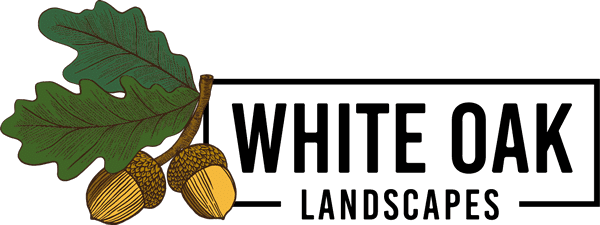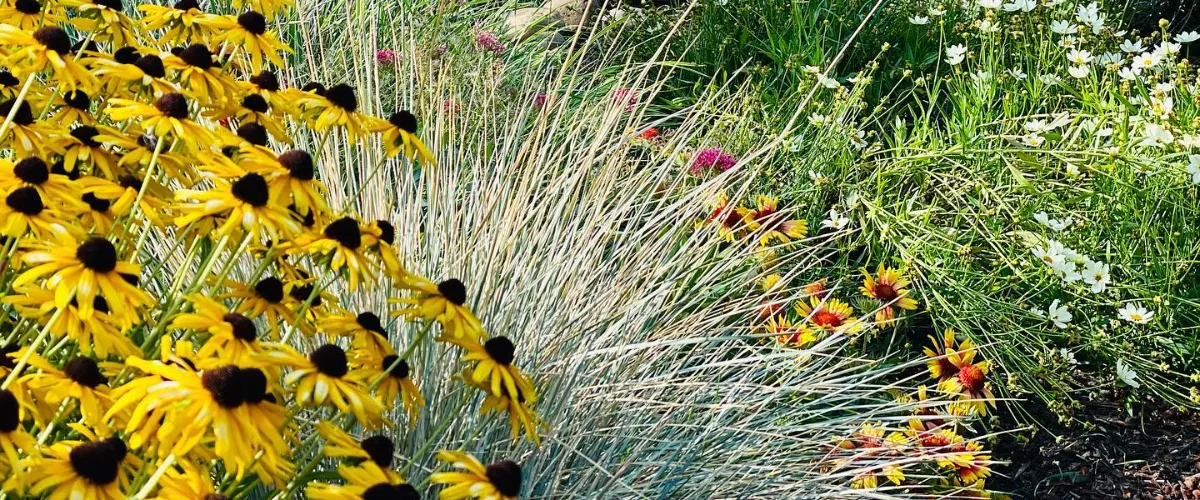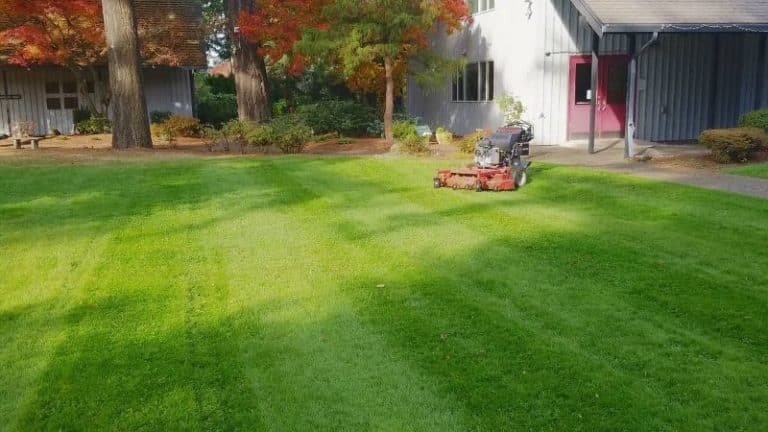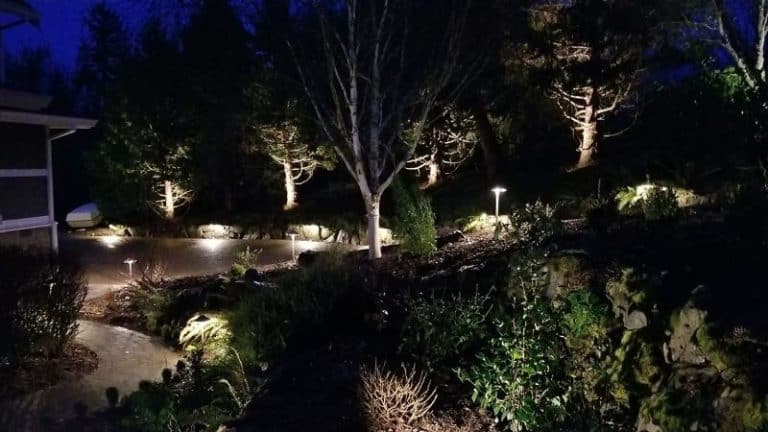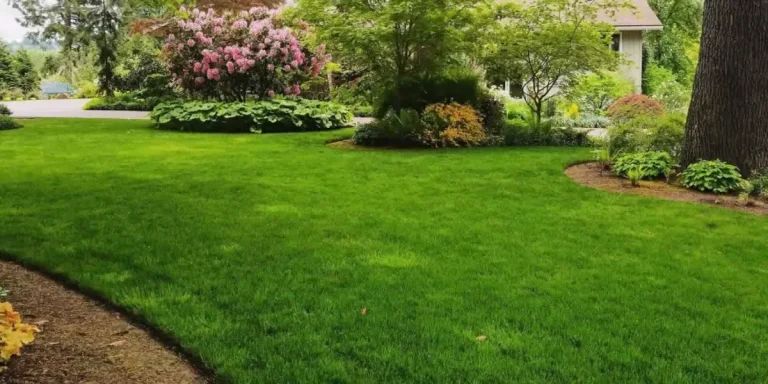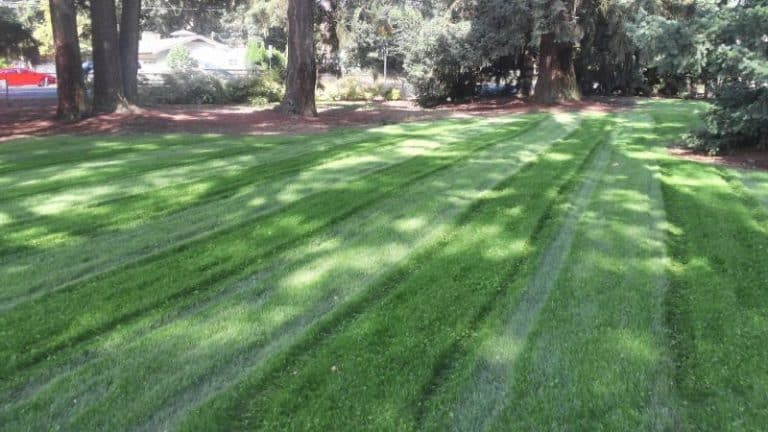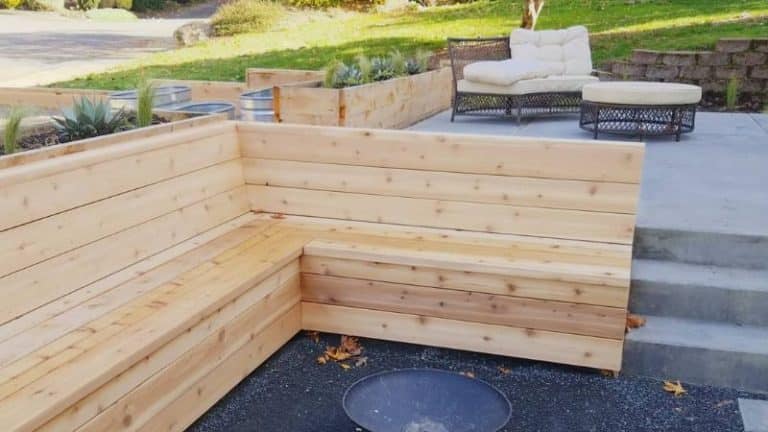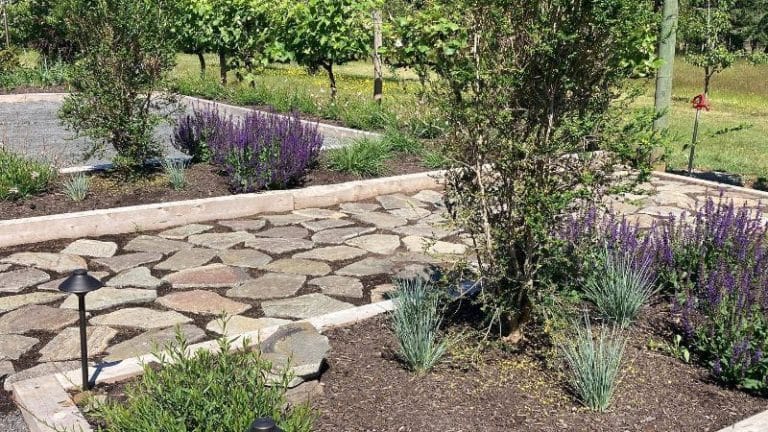From Blossoms to Butterflies: The Benefits of Planting a Pollinator Garden in Your Oregon Backyard
Why Pollinator Gardens Matter in Oregon
Pollinators like bees, butterflies, hummingbirds, and moths are essential to our ecosystem. They help fertilize plants by transferring pollen, which allows fruits, vegetables, and flowers to grow. But due to habitat loss, changes in land use, and unsustainable landscaping practices, these vital creatures are in decline.
A pollinator garden provides a sanctuary filled with nectar-rich plants that support and sustain native pollinators. In Oregon City and the surrounding areas, these gardens not only enhance your landscape—they contribute to the larger effort of ecological restoration.
What Is a Pollinator Garden?
A pollinator garden is a thoughtfully designed landscaped area filled with flowering plants that attract and support pollinators. Unlike a traditional flower bed, it uses a wide range of native plants that bloom at different times of the year to provide food and shelter throughout the seasons.
At White Oak Landscapes, we specialize in designing and planting gardens that are both functional and beautiful. Whether you’re interested in a backyard pollinator patch or incorporating these plants into a larger meadow or native landscape, we can help you achieve it.
Local Pollinators You Can Support
Pollinator gardens in Clackamas County support a range of local species. Some common visitors include:
-
- Mason bees – Efficient early-season pollinators
- Western tiger swallowtail butterflies
- Anna’s hummingbirds
- Monarch butterflies (though rare, they benefit from milkweed plantings)
- Bumblebees, including Oregon’s native yellow-faced bumblebee
Each of these pollinators plays a specific role in supporting plant life in our region.
Best Native Oregon Plants for Pollinator Gardens
Selecting the right plants is key to attracting and supporting pollinators in your garden. Native plants are adapted to our local climate and soil conditions, making them low-maintenance and eco-friendly choices.
Top Native Perennials and Shrubs
Enhancing your Oregon pollinator garden with a diverse selection of native perennials and shrubs can significantly boost its appeal to local pollinators. Here are some top native species to consider:
1. Douglas Aster (Symphyotrichum subspicatum)
This hardy perennial showcases a profusion of purple-blue, daisy-like flowers from late summer into fall, providing a critical nectar source for bees and butterflies preparing for winter. Thriving in various conditions, Douglas Aster is particularly suited to Oregon's coastal regions.
2. Red-Flowering Currant (Ribes sanguineum)
An early herald of spring, this deciduous shrub bursts into clusters of vibrant pink to red flowers, offering one of the first nectar sources for hummingbirds and awakening bees. Its adaptability makes it a versatile addition to diverse garden settings.
3. Oregon Sunshine (Eriophyllum lanatum)
Also known as common woolly sunflower, this drought-tolerant perennial brightens landscapes with its cheerful yellow blooms. Flourishing in well-drained soils and full sun, it's an excellent choice for rock gardens and dry meadows.
4. Showy Milkweed (Asclepias speciosa)
A cornerstone for monarch butterfly conservation, this perennial offers fragrant pinkish-purple flower clusters. Beyond monarchs, its nectar attracts a variety of pollinators, making it a vital component of any wildlife-friendly garden.
5. Nootka Rose (Rosa nutkana)
This robust wild rose presents delicate pink blossoms that emit a pleasant fragrance, attracting bees and butterflies. Its thorny branches and edible rose hips provide habitat and food for birds and mammals, enhancing garden biodiversity.
6. Pacific Ninebark (Physocarpus capitatus)
Featuring cascading clusters of small white flowers in late spring, this deciduous shrub serves as a magnet for various pollinators. Its distinctive peeling bark adds visual interest, and its dense foliage offers excellent cover for wildlife.
7. Douglas Spirea (Spiraea douglasii)
With its striking pink flower plumes, this shrub is a summer standout, attracting bees and butterflies. Its preference for moist soils makes it ideal for planting near water features or in rain gardens.
8. Meadow Checkermallow (Sidalcea campestris)
This graceful perennial bears delicate pink to white blossoms on slender stems, thriving in sunny meadows and well-drained soils. Its flowers are particularly attractive to native bees and butterflies, contributing to a lively garden scene.
9. Blueblossom (Ceanothus thyrsiflorus)
An evergreen shrub adorned with clusters of tiny blue flowers in spring, Blueblossom is a pollinator favorite. Its glossy green leaves and vibrant blooms make it a visually appealing addition to hedges or as a standalone specimen.
10. Common Camas (Camassia quamash)
Celebrated for its starry blue-violet flowers, Common Camas thrives in moist meadows and provides an early-season nectar source for pollinators. Historically significant, its bulbs were a staple food for Indigenous peoples.
11. Western Columbine (Aquilegia formosa)
This elegant perennial features distinctive red and yellow nodding flowers that are particularly enticing to hummingbirds. Flourishing in partial shade and moist soils, it's well-suited to woodland gardens and shaded borders.
12. Oregon Grape (Mahonia aquifolium)
As Oregon's state flower, this evergreen shrub boasts bright yellow spring flowers followed by deep blue berries. Its holly-like leaves provide year-round interest, and its blooms are an early-season nectar source for bees.
13. Snow Buckwheat (Eriogonum niveum)
A low-growing, drought-tolerant native, Snow Buckwheat features sage-green leaves and delicate white or light pink flowers. Blooming in late summer to fall, it offers a crucial late-season food source for native bees and butterflies.
Incorporating these native plants into your Oregon pollinator garden will create a vibrant, sustainable habitat that supports local wildlife and enhances the beauty of your landscape.
How Large Should a Pollinator Garden Be?
There’s no minimum size—every bit counts. A pollinator garden can be a small corner bed or part of a full backyard transformation.
A Few Guidelines:
-
- Start with at least 10 square feet and expand over time.
- Include a diversity of plants with staggered bloom times from spring through fall.
- Avoid pesticides, which can harm pollinators.
At White Oak Landscapes, we can help you plan a pollinator garden that fits your space and complements your existing landscape.
Ecological and Personal Benefits
Ecosystem Benefits
-
- Increased biodiversity
- Support for declining native bee populations
- Improved soil health
- Reduction in water usage with drought-tolerant native plants
Personal Benefits
-
- A beautiful, low-maintenance garden
- More butterflies, birds, and wildlife to enjoy
- Educational opportunities for kids and families
- A sense of contribution to local environmental health
Many of our clients are surprised how much joy they get from watching their garden come alive with movement and color.
Complementary Landscaping Features
Pollinator gardens pair beautifully with other natural landscape elements:
-
- Perennial meadows for a seamless transition from lawn to wildflower haven
- Native tree and shrub plantings for structure and shade
- Dry creek beds and natural stone pathways to improve drainage and flow
- Garden bed installations with pollinator-attracting plant combinations
- Benches, birdbaths, and habitat features to invite wildlife even further
If you’re thinking of expanding beyond a single bed, we can help design a cohesive, eco-conscious landscape that reflects your style and values.
Where We Work In Oregon
White Oak Landscapes proudly serves homeowners in:
- Oregon City, OR
- Milwaukie, OR
- Lake Oswego, OR
- West Linn, OR
- Damascus, OR
- Portland, OR
- Tualatin, OR
If you live in or near these areas, we’d love to help you create a thriving, pollinator-friendly garden space.
Ready to Grow Something Beautiful?
A pollinator garden is one of the most rewarding ways to connect your home to the natural world. Whether you’re starting fresh or want to enhance your existing landscape, White Oak Landscapes is here to help.
We specialize in native plantings, new garden installations, perennial meadows, and ecological landscaping designed for our unique Oregon climate. Let’s work together to create a backyard that supports wildlife—and brings joy to you and your family for years to come.
Call us today at 503-387-7311 to schedule your estimate and learn how we can bring your vision to life.
